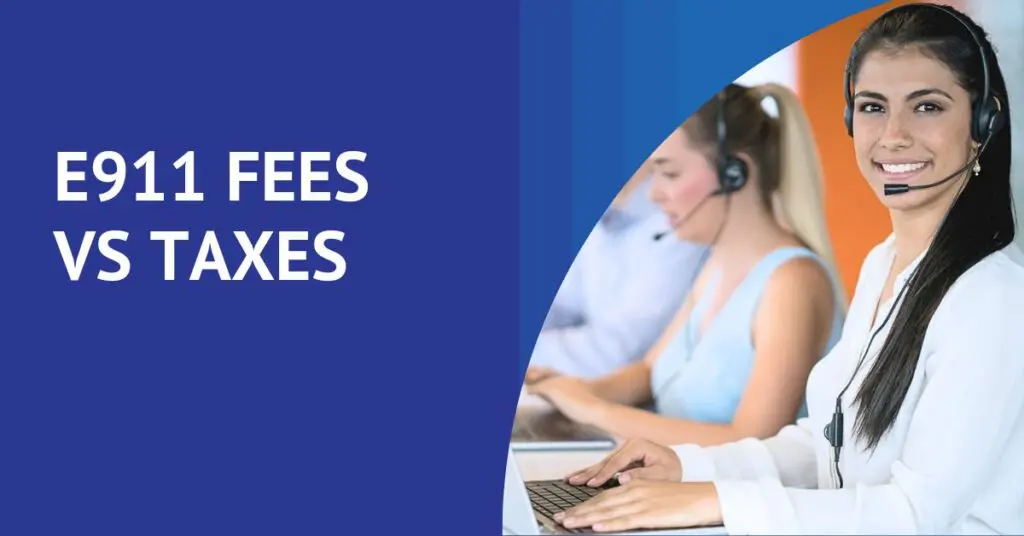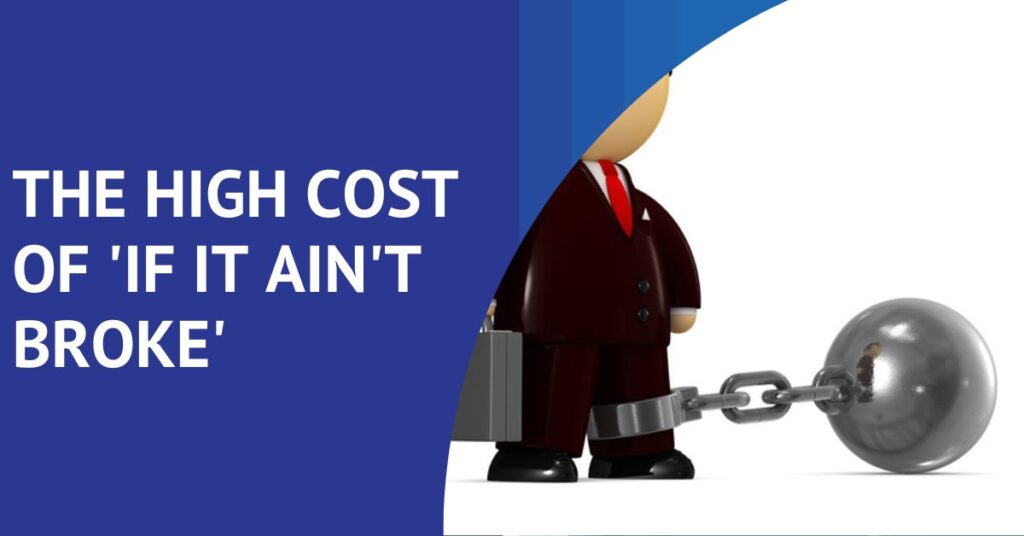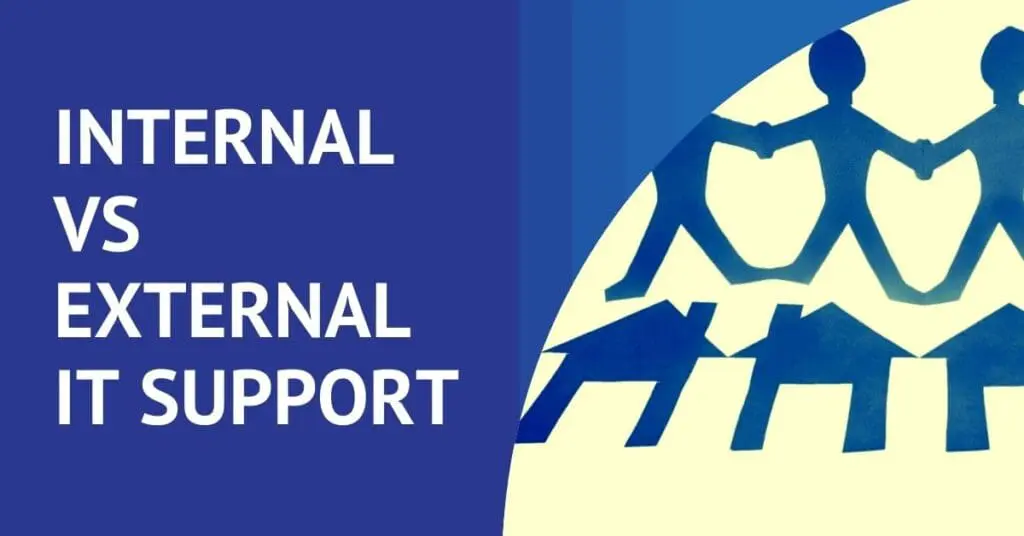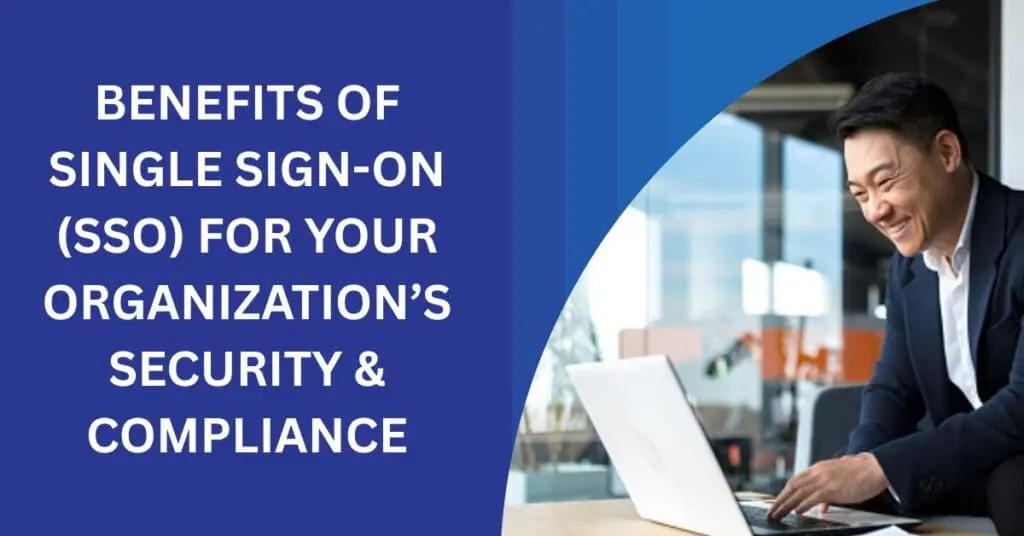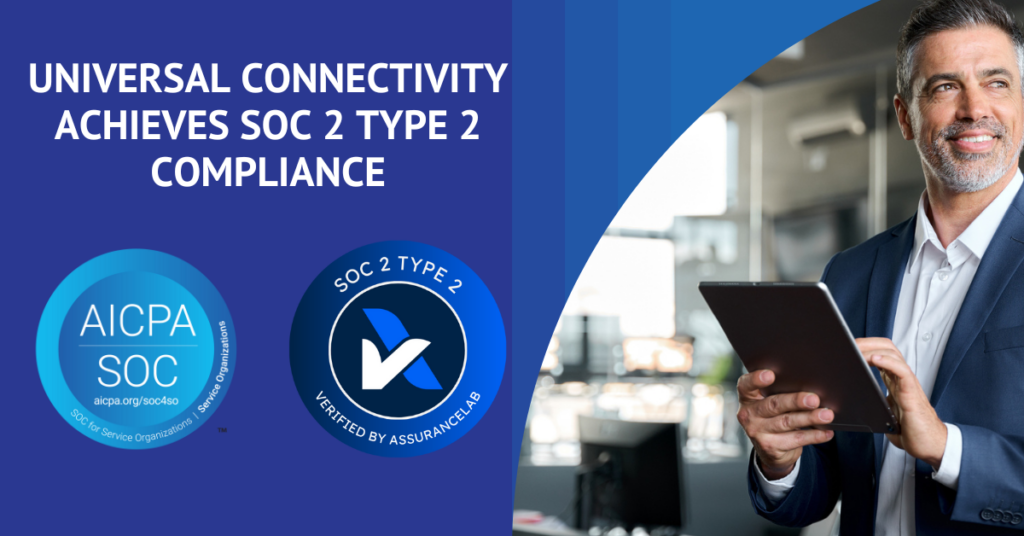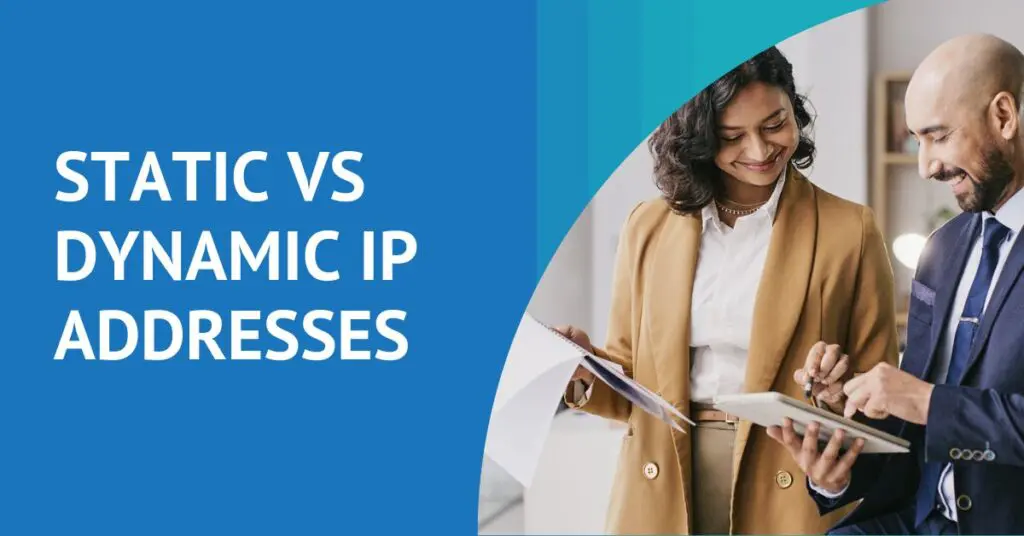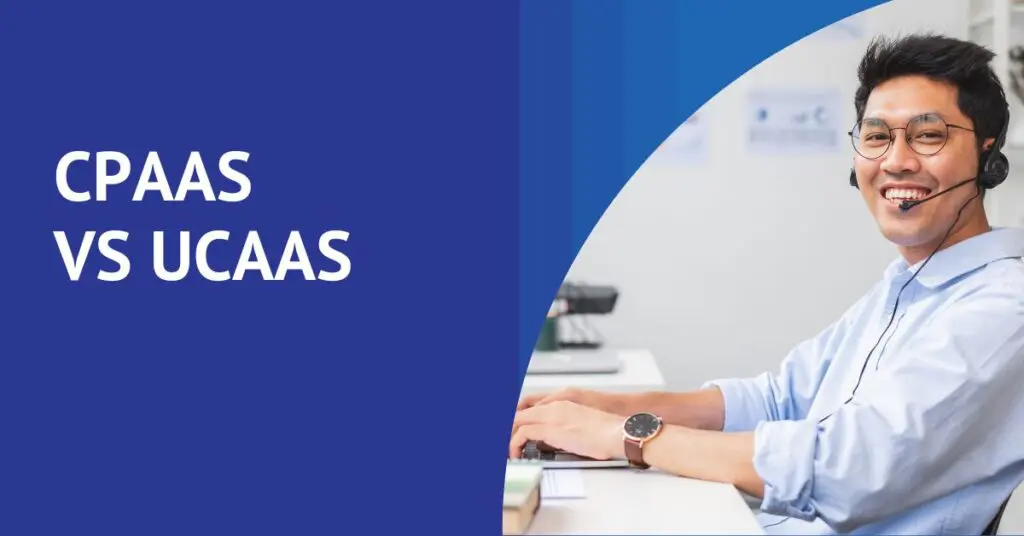Robocall Mitigation: What it means for your business VoIP systems
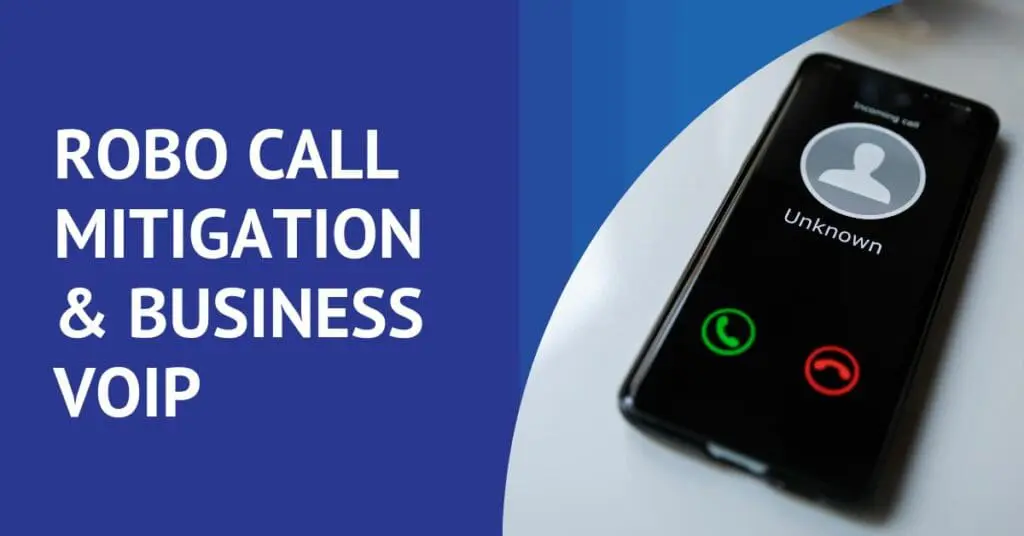
Robocalls are more than a regular nuisance many of us deal with – they often turn out to be spam or illegal. In the past, robocalling was done using analog phone lines, which meant that the call could only go out to phones connected to the same network.
Today, however, most companies use voice over internet protocol (VoIP) technology, which means that calls can be routed anywhere in the world. That’s why robocalls have become such a problem for both consumers and businesses.
Robocall mitigation is a powerful tool to help protect against spam callers. When implemented correctly, it prevents unwanted calls and scammers from reaching your business. Learn more about robocall mitigation regulations, what it means for business VoIP systems, and solutions to detect and prevent robocalls.
FCC Robocall Mitigation Regulations to Know
Legislation often lags behind technology. While the Telephone Consumer Protection Act (TCPA) of 1991 was designed to protect consumers from unwanted telephone solicitations, it didn’t apply to VoIP services. That’s why Congress passed the Telephone Robocall Abuse Criminal Enforcement and Deterrence (TRACED) Act to help protect consumers from unwanted calls or text messages from a caller using an unauthenticated number.
The law requires telecommunication providers to adopt a call authentication framework, commonly referred to as STIR/SHAKEN, which stands for Secure Telephone Identity Revisited (STIR) and Signature-based Handling of Asserted Information Using toKENs (SHAKEN). The framework is designed to detect and block unwanted calls or texts from unauthenticated numbers.
In addition to the TRACED Act, the Federal Communications Commission (FCC) launched the Robocall Mitigation Database in April 2021, which requires service providers to inform the agency of their robocall mitigation efforts. While these regulations only apply to providers, there are more robust ways to protect your business VoIP systems from robocalls.
Leveraging Robocall Mitigation Solutions
Many business phones today come equipped with caller ID blocking capabilities, while other systems offer more advanced features like auto attendant, call screening and voicemail transcription. All of these tools can help prevent robocalls from reaching your company, however, they’re not foolproof.
Companies should take advantage of robocall mitigation technology that prevents unwanted calls, reduces fraudulent calls and improves customer experience. Some of these features include:
- Caller authentication to verify the origin of a call.
- Caller ID to display the caller’s real name.
- Call blocking to automatically or manually block unwanted calls.
- Fraud detection to detect and block high volumes of suspicious calls.
- Call screening with filters to automatically screen incoming calls.
With a robocall mitigation solution, your business VoIP system can detect high volumes of suspicious calls, identify fake numbers and block outbound calls from known fraudsters.
Protect Your Business VoIP System From Robocalls
Robocalls interrupt operations and waste time, as well as leave your business vulnerable to scams and fraud. While recent regulations are a step in the right direction, it’s not enough to fully protect your business. Not only does robocall mitigation help to block unwanted calls, but it also enhances business communications and boosts productivity.
The most effective mitigation approach is to partner with robocall detection and prevention experts. Schedule a free consultation with Universal Connectivity now to explore robocall mitigation solutions for your business VoIP system.
Choosing a Business Phone Provider
How do you choose the right business communication partner to help your business thrive? Grab our free, one page checklist. Compiled based on years of experience, this download can help you jump start your search and selection process and:

